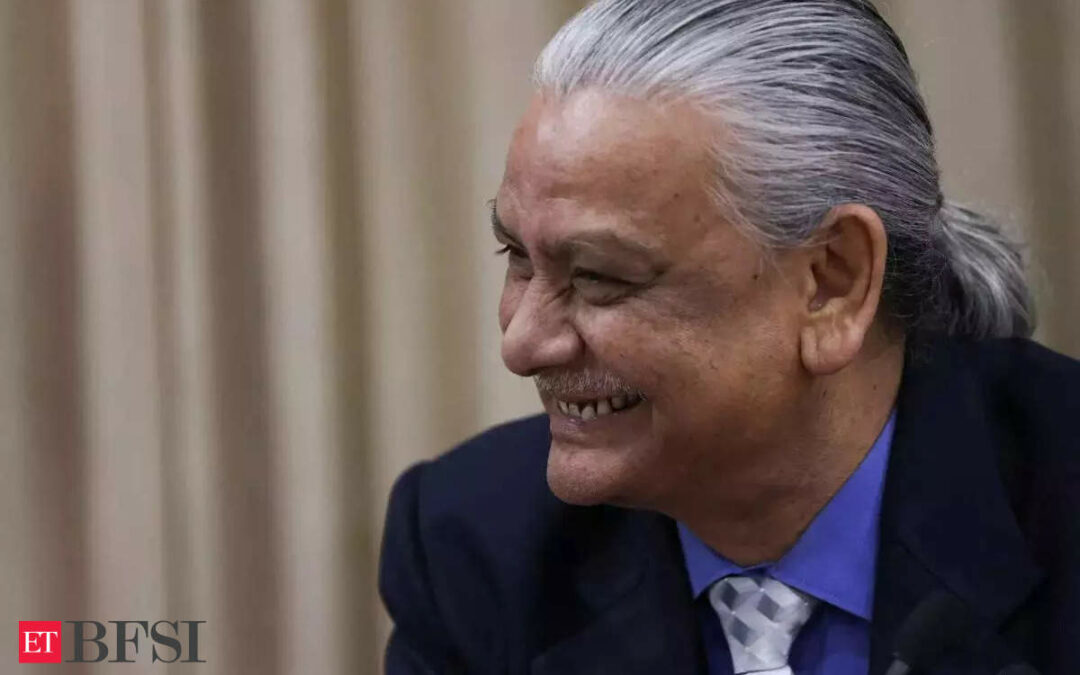Households, which have recently brought down their net financial savings sharply, are likely to build back their financial assets as rising incomes provide a boost going ahead, Reserve Bank of India deputy governor Michael Patra said on Tuesday.
“This process has already begun – households’ financial assets have increased from 10.6 percent of GDP during 2011-17 to 11.5 per cent during 2017-23 (excluding the pandemic year),” Patra said at an event organised by the Confederation of Indian Industry here.
“Accordingly, households will remain the top net lenders to the rest of the economy in the coming decades,” he said.
Recently, the net financial savings of households, have almost halved from the levels that existed in 2020-21 because of behavioural shifts underway in the form of unwinding of prudential savings accumulated during the pandemic as well as transitions from financial assets to physical assets such as housing, Patra said.
The senior central banker pointed household financial assets were at 15% of GDP in the early 2000s up to the global financial crisis of 2007-08. Meanwhile, physical savings have also risen in the post-pandemic years to over 12% of GDP and could rise further, Patra said. Typically, the household sector generates surplus savings relative to investment and therefore lends to other sectors.
The recent decline in household savings has sparked much debate, with government data showing a fall in net financial savings of households by more than Rs 9 lakh crore between 2020-21 and 2022-23, reports said.
Patra said that while the private corporate sector had sharply reduced its net borrowings from the rest of the economy due to rising internal accruals and subdued capacity creation, going ahead the net borrowing requirement of the sector would likely rise on the back of a revival in the capex cycle.
“These financing requirements will largely be met by households and external resources,” he said.
As the productive capacity of India’s economy grows and its ability to absorb foreign resources expands, the volume of external financing may undergo fundamental shifts, but the country’s policy priority will remain the sustainability of external debt, Patra said.
Speaking about the crucial role played by the infrastructure sector in India’s growth trajectory, Patra said that the country’s infrastructure gap has been estimated at 4.1% of GDP per annum, rising to 5.3% when adjusted for climate requirements.
“Over the period 2024-30, it is estimated that infrastructure investment will need to rise to US$ 1.7 trillion (₹143 lakh crore), with about US$ 0.4 trillion in green investments,” he said.
Highlighting the importance of the micro, small, and medium enterprises (MSMEs) Patra said that the overall finance demand of India’s MSMEs was around $1.9 trillion. Of this, demand for debt-based finance is estimated at $1.5 trillion with half coming from those that prefer financing from informal sources or financially unviable enterprises.
“This leaves a debt demand of US$ 819 billion, of which US$ 289 billion demand is currently fulfilled by formal credit lenders like banks. The remaining unfulfilled demand of US$ 530 billion makes up a huge addressable market for banks, FinTechs and NBFCs,” he said.










